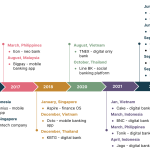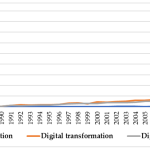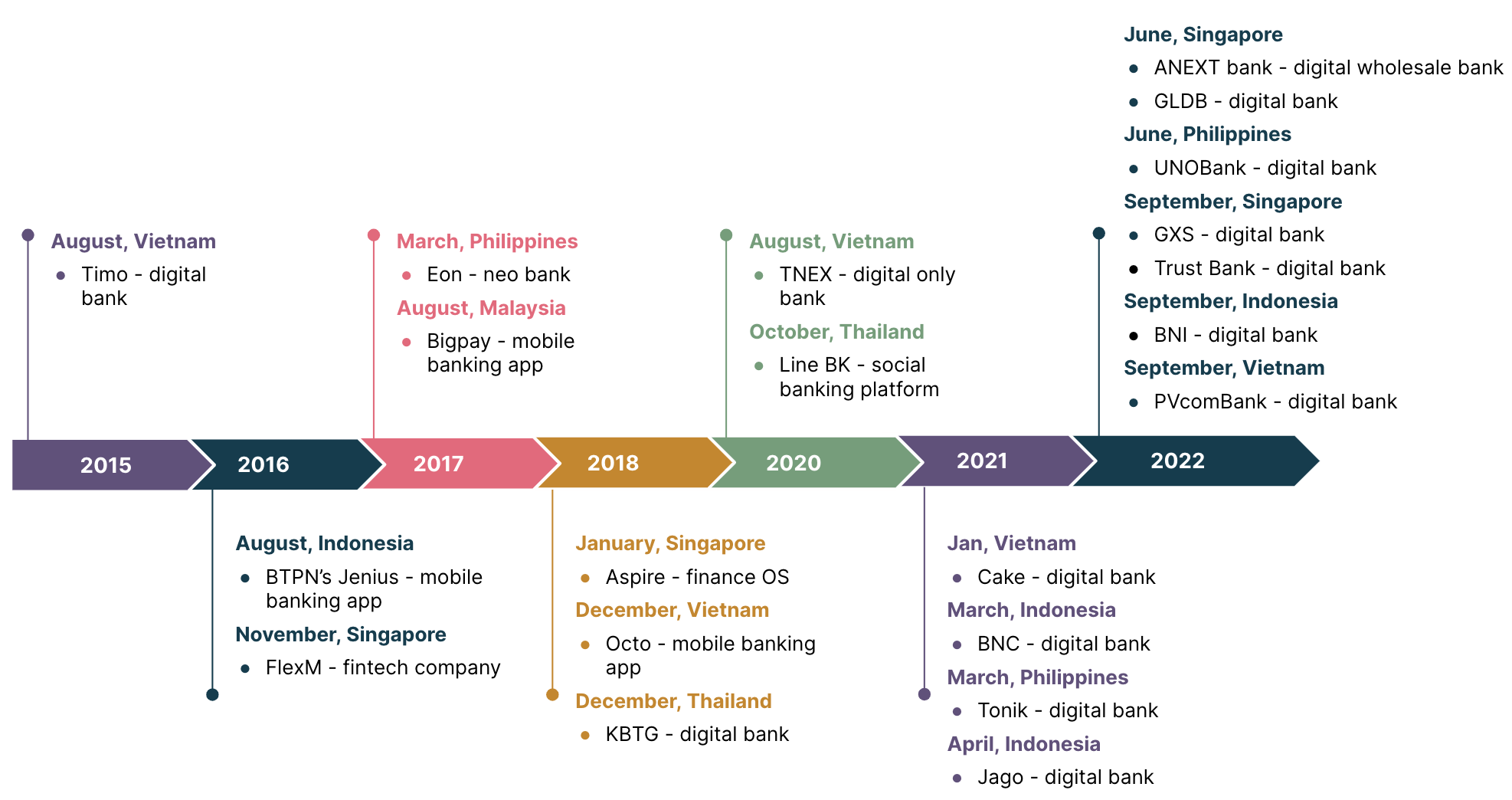Introduction
Remote work has evolved from a niche practice into a global standard, fundamentally reshaping how businesses operate and economies function. The rise of cloud computing, collaboration tools, and AI-driven workflow management has enabled millions of employees to work from anywhere, creating unprecedented flexibility and efficiency.
In 2025, remote work is no longer just a temporary solution—it is a permanent feature of the modern economy. Companies are rethinking office space, redefining productivity metrics, and adopting hybrid models that balance in-person and remote collaboration. These changes are driving significant economic shifts, from urban real estate demand to labor market dynamics.
Global Adoption of Remote Work
The adoption of remote work has been accelerated by technological advances and evolving workplace expectations. Cloud platforms, video conferencing, and AI project management tools allow employees to collaborate seamlessly across time zones. Industries ranging from IT and finance to media and healthcare have embraced remote models as standard practice.
Remote work has also expanded employment opportunities for workers in regions previously excluded from global labor markets. Companies can now hire talent based on skills rather than geographic location, contributing to a more inclusive and diverse workforce.
Economic Impacts on Businesses
Remote work is driving cost savings and operational efficiency for businesses. Organizations reduce overhead by downsizing office spaces, optimizing energy usage, and lowering maintenance expenses. Companies report higher employee productivity when flexible work arrangements are implemented effectively.
At the same time, remote work introduces challenges. Businesses must invest in secure IT infrastructure, employee monitoring tools, and digital communication platforms. Cybersecurity becomes critical, as remote systems are more vulnerable to data breaches and cyberattacks.
Shifts in Real Estate and Urban Economies
The widespread adoption of remote work has transformed urban economies and real estate markets. Demand for large office spaces in city centers has declined, prompting businesses to downsize or repurpose their physical locations. Conversely, suburban and rural areas are experiencing growth as employees seek affordable housing and better work-life balance.
This shift affects local economies, from retail businesses near office hubs to public transportation systems. Cities are adapting by rethinking zoning, urban planning, and infrastructure investments to accommodate changing population patterns.
Impact on Labor Markets
Remote work is reshaping labor markets globally. Companies can recruit from a worldwide talent pool, creating competition for skilled workers while offering opportunities to previously underrepresented regions. This trend is contributing to wage equalization and greater flexibility in employment contracts.
Additionally, remote work is influencing work-life balance and employee expectations. Professionals prioritize flexibility, mental health, and autonomy, prompting companies to adopt policies that attract and retain top talent. Organizations that fail to adapt risk losing competitive advantage.
Technology Driving Remote Productivity
AI and automation tools are central to the success of remote work. AI-driven project management, scheduling, and collaboration platforms streamline workflows, minimize errors, and optimize resource allocation. Real-time analytics provide managers with insights into productivity without micromanaging employees.
Cloud-based solutions allow employees to access documents, communicate with teams, and contribute to projects from any location. Virtual reality and augmented reality technologies are emerging as new ways to facilitate immersive collaboration, especially for complex tasks requiring visual and spatial understanding.
Challenges and Solutions
Remote work introduces challenges including employee isolation, communication gaps, and blurred boundaries between work and personal life. Companies are addressing these issues through regular virtual check-ins, mental health programs, and clear guidelines on work hours and availability.
Training and digital literacy are also critical. Employees must understand cybersecurity best practices, collaboration tools, and effective remote communication strategies to thrive in a decentralized work environment. Organizations that invest in continuous learning see higher engagement and productivity.
Environmental and Societal Impacts
Remote work has contributed to positive environmental outcomes by reducing commuting-related emissions and traffic congestion. The shift also supports more equitable access to employment, allowing people from diverse backgrounds and locations to participate in global labor markets.
However, remote work can exacerbate social isolation and limit opportunities for mentorship and in-person collaboration. Organizations are experimenting with hybrid models that combine remote flexibility with occasional face-to-face interactions to balance efficiency and human connection.
Future Outlook
The future of work is increasingly hybrid, combining remote flexibility with in-office collaboration. AI and advanced communication technologies will continue to streamline workflows, automate repetitive tasks, and enable real-time decision-making.
Global economies must adapt to these structural changes. Education, infrastructure, labor regulations, and tax policies need to evolve to support remote work’s long-term sustainability. Companies that embrace flexibility while fostering employee well-being and collaboration will thrive in this new landscape.
FAQs
How has remote work impacted global labor markets?
Remote work allows companies to hire talent globally, increasing competition, diversity, and flexibility in employment contracts.
What are the main challenges of remote work?
Challenges include employee isolation, cybersecurity risks, communication gaps, and blurred work-life boundaries.
How does AI support remote work?
AI optimizes workflows, schedules, project management, and resource allocation, helping remote teams stay productive.
What are the economic impacts on cities?
Reduced demand for office space affects urban retail, transportation, and real estate, while suburban and rural areas see growth.
Will remote work continue to grow?
Yes. Hybrid and fully remote models are becoming standard, supported by technology, AI, and evolving workforce expectations.
Conclusion
Remote work is reshaping businesses, labor markets, and economies worldwide. It enhances flexibility, broadens talent access, and drives efficiency while reducing costs and environmental impact. Companies that leverage AI and cloud technologies are able to maintain productivity and competitiveness in a decentralized work environment.
Yet, the human element remains critical. Collaboration, mentorship, and social connection are essential for sustaining employee engagement and innovation. The future of work will depend on balancing technological efficiency with human-centered policies, creating a world where flexibility, creativity, and productivity coexist seamlessly.












